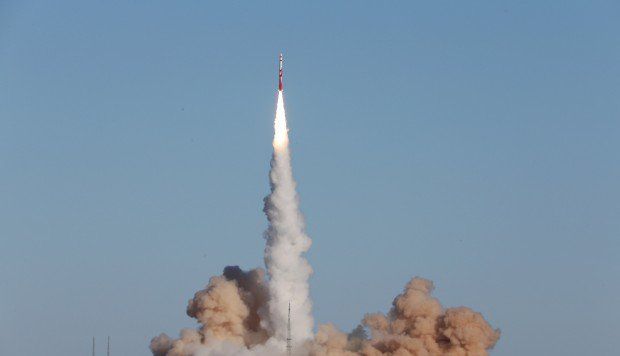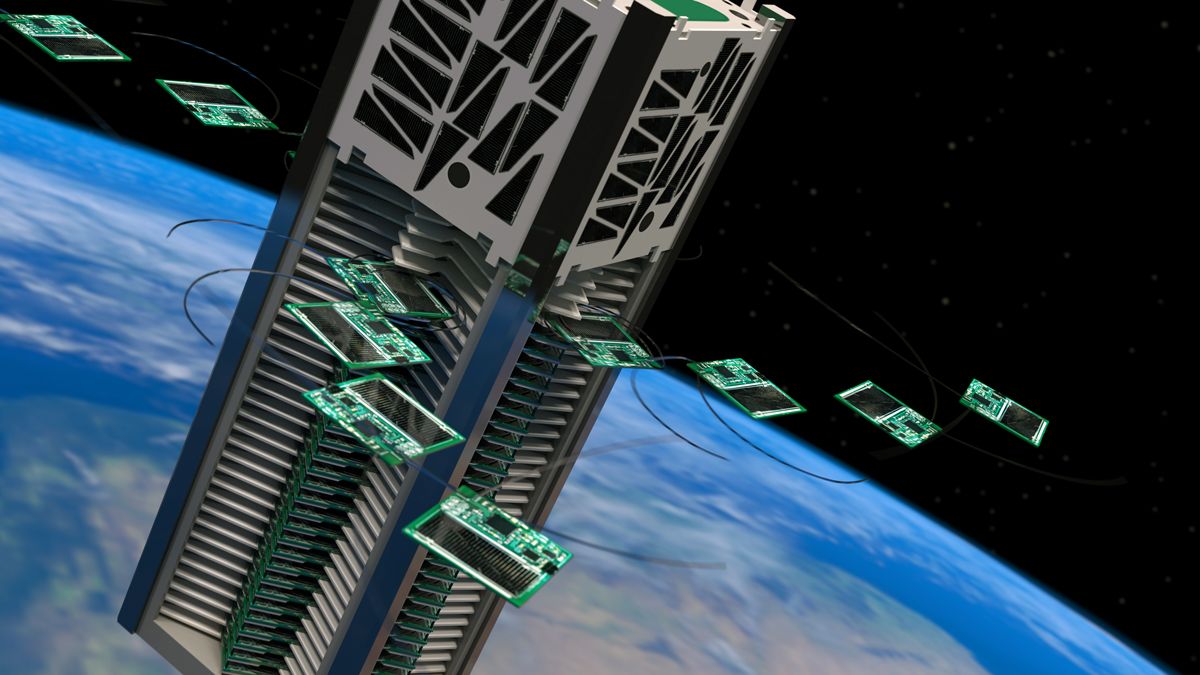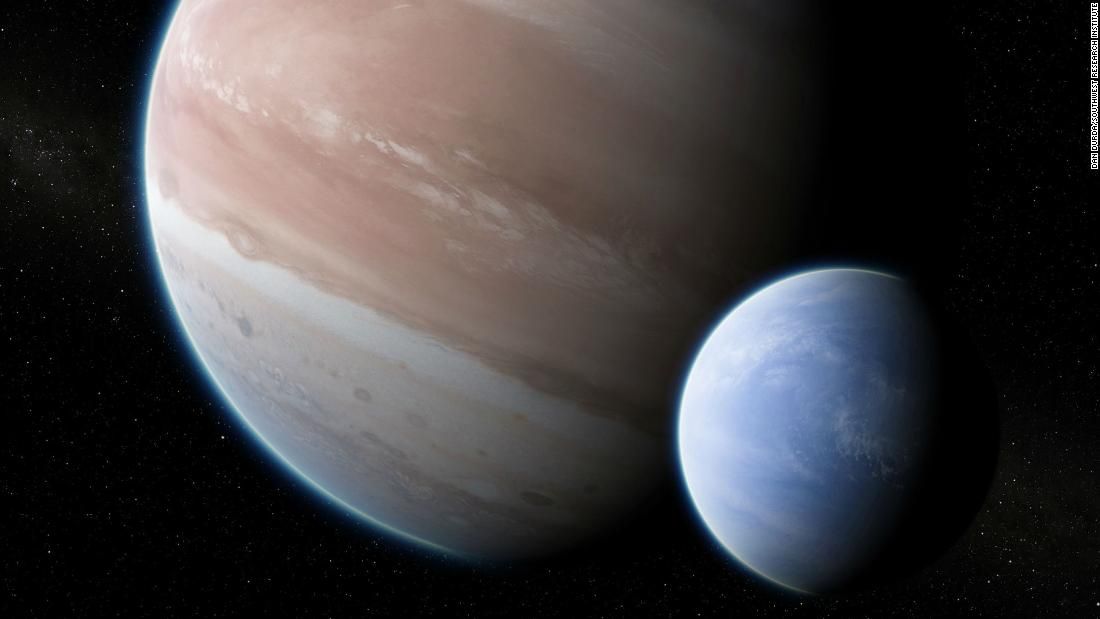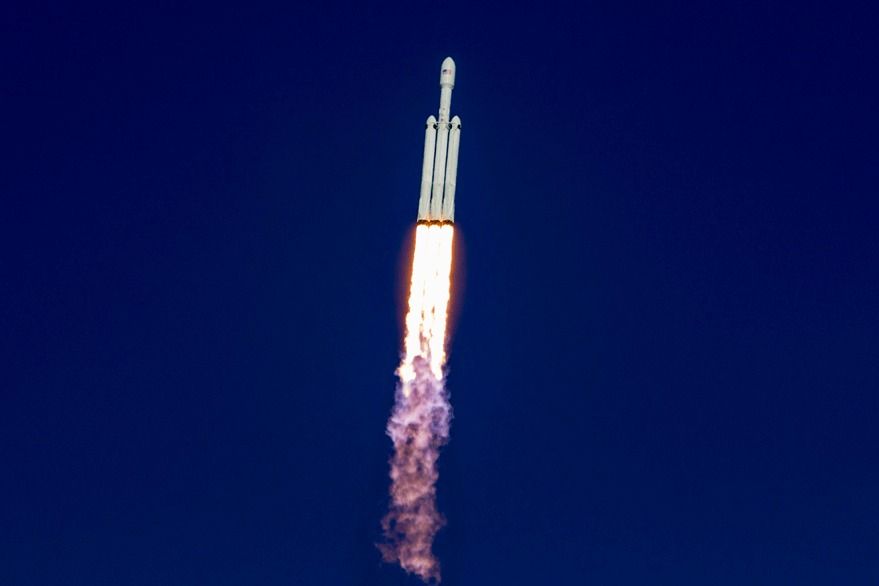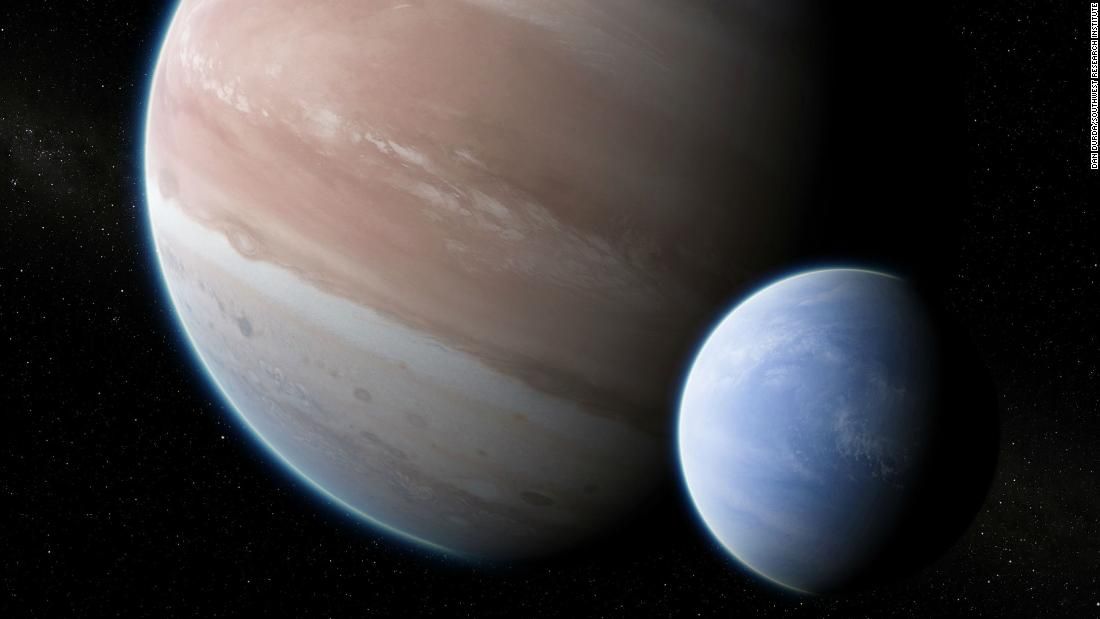KhalifaSat, the first-ever Emirati-manufactured satellite successfully launched into space from Japan’s Tanegashima Space Centre on October 29.
As well as KhalifaSat, the H-2A rocket also launched carrying Japan’s environment satellite, GoSat-2.
KhalifaSat is an Earth observation satellite set to monitor environmental changes, such as the effects of global warming in the North and South Poles.

